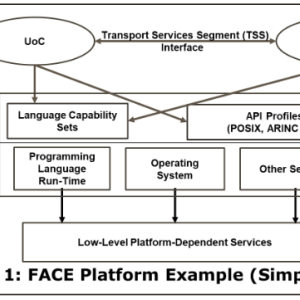
Verifying FACE® Conformance for Ada Software
The FACE® approach (Future Airborne Capability Environment®) is a joint government-industry initiative to reduce system life cycle costs for airborne software through the reuse of portable source code components. Sponsored by the US Department of Defense and currently open to the “Five Eyes” countries (Australia, Canada, New Zealand, UK and the US) the FACE approach is administered by The Open Group’s FACE Consortium and is realized through several technologies based on open standards.